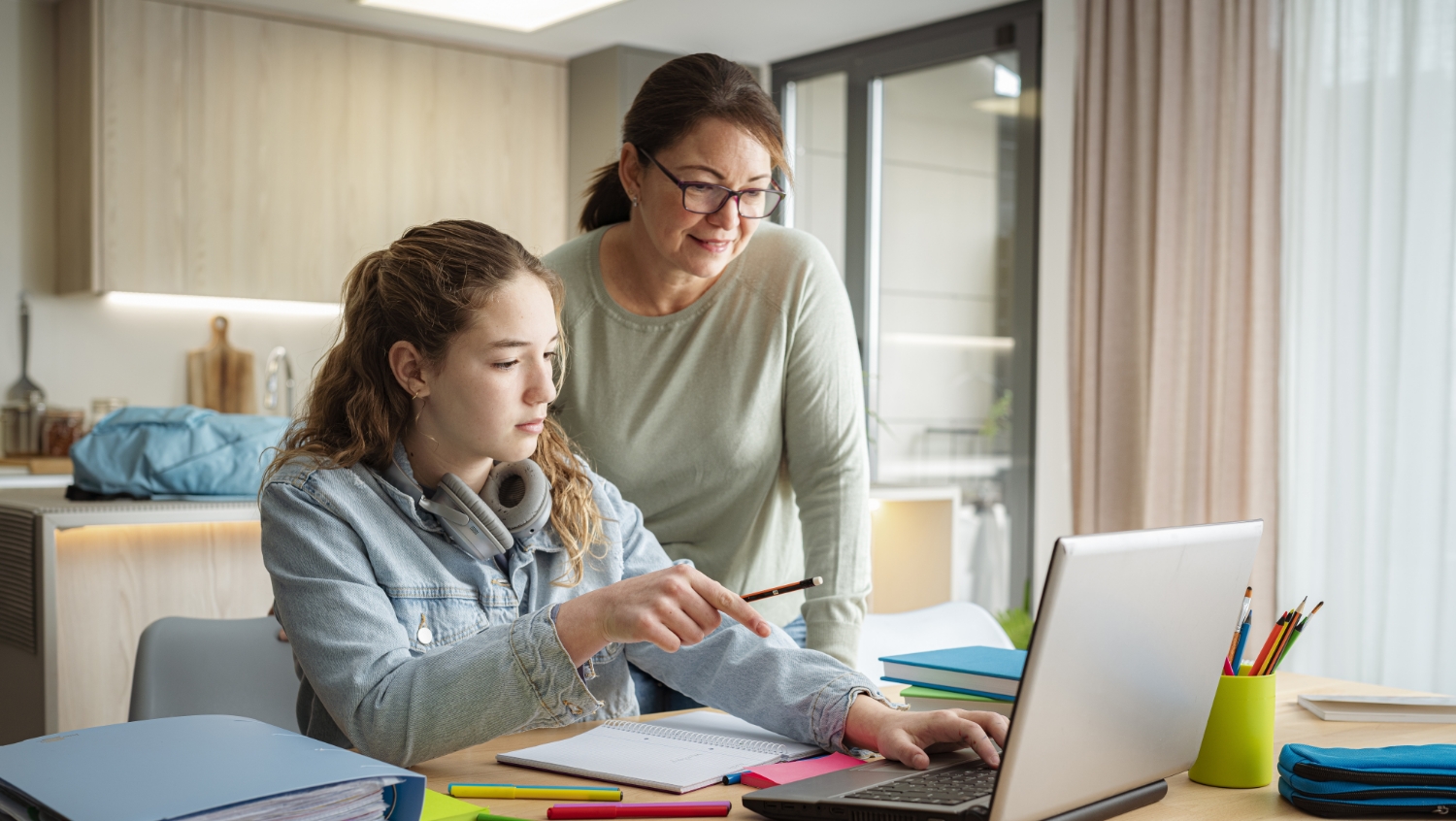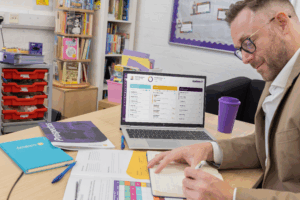What is inclusive learning? The role of digital in reaching every student

In education, inclusion is more than a principle. It’s a promise to students – a commitment that every pupil, regardless of their background or circumstances, will have the opportunity to learn, thrive, and achieve.
Yet, in practice, inclusion remains one of the most challenging goals for schools to meet. Some students can’t attend lessons regularly for various reasons, be it physical or mental health challenges, or unfortunate family circumstances. Others simply struggle to learn in the traditional classroom environment – indeed when we step back, to expect all 30 or so learners in a class to settle and succeed in the same space, no matter how well set up, is arguably more hopeful than likely!
Central to inclusion in schools is the act of supporting children before they need more intensive support, and digital teaching can be pivotal in that. Far from being an “extra,” digital provision offers a way to design learning so that no one is left behind. At Academy21, we’ve witnessed how online learning environments can remove barriers, support wellbeing, and engage students who might otherwise not get the help they need when they need it.
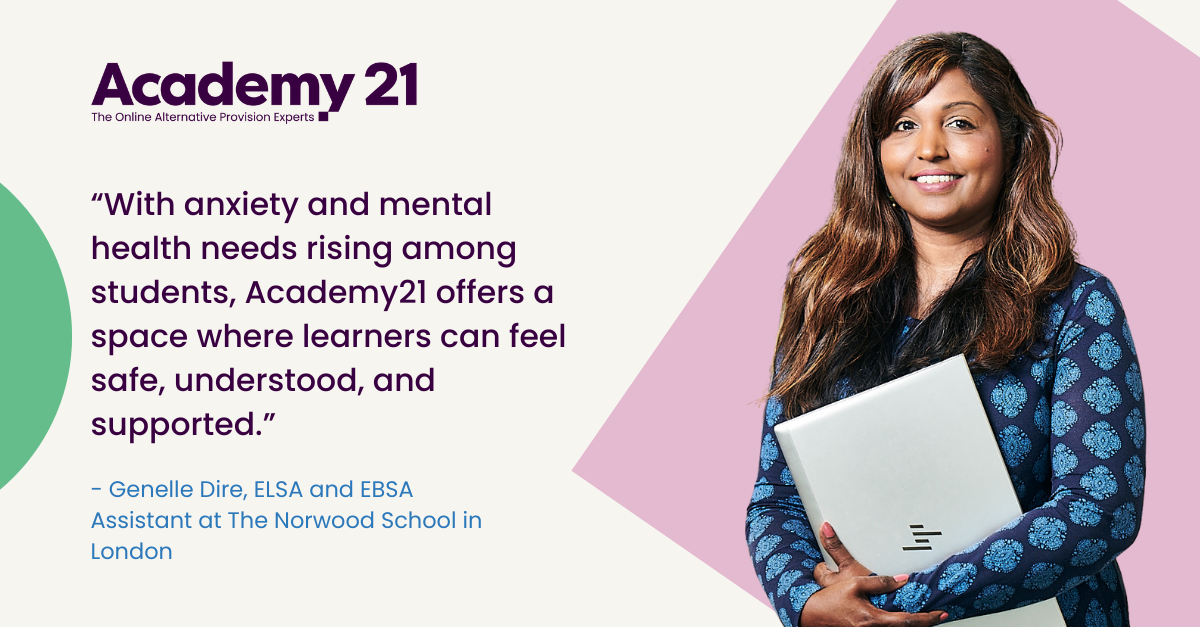
What is inclusive learning?
Inclusive learning is an educational approach that ensures every student, regardless of their background, ability, or circumstance, has equal access to learning opportunities and feels valued and supported in the classroom.
It’s based on the idea that education can adapt to meet the diverse needs of learners, rather than expecting learners to fit into a single, standardised model. Inclusive learning embraces differences such as:
- Learning abilities and disabilities (such as dyslexia, autism, ADHD)
- Cultural and linguistic backgrounds
- Gender identities
- Socioeconomic circumstances
- Physical and mental health needs
Key principles of inclusive learning
- Equity, not equality: Recognising that students may need different levels or types of support to achieve the same outcomes.
- Accessible teaching methods: Using varied instructional techniques, such as visual aids, interactive activities, and technology, to cater to different learning needs.
- Flexible assessment: Providing multiple ways for students to demonstrate their knowledge.
- Supportive environments: Fostering a sense of belonging where all students feel respected, safe, and encouraged to participate.
- Collaboration: Involving teachers, support staff, parents, and students in creating inclusive practices.
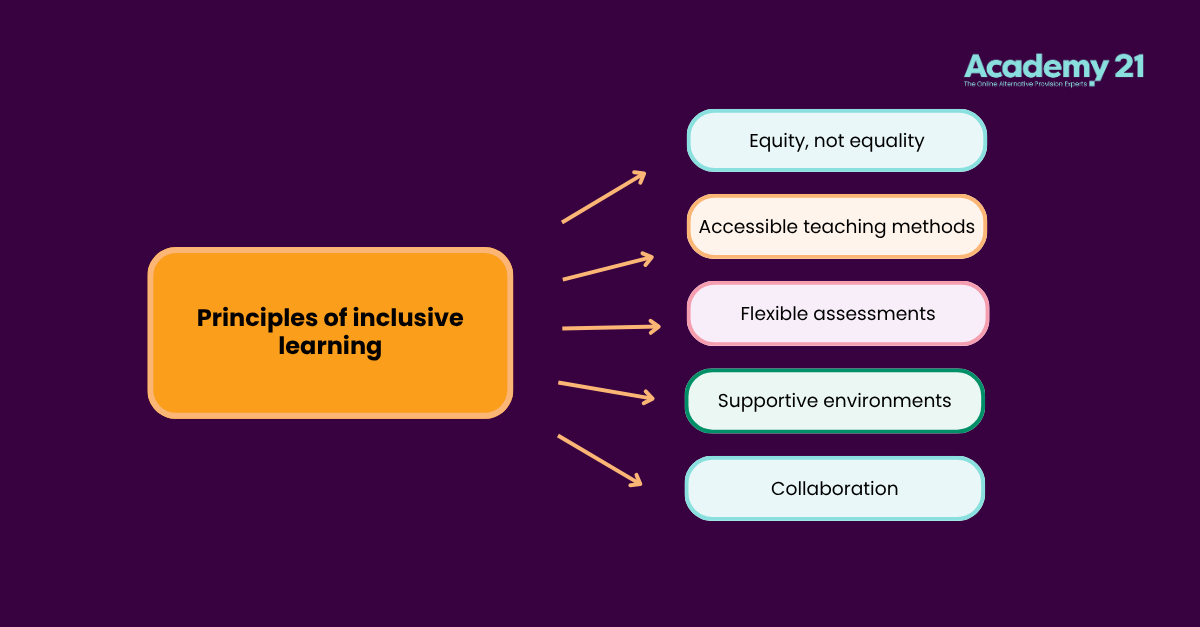
Inclusive learning: traditional vs modern approaches
Traditionally, inclusion in schools has meant making adjustments once a pupil’s needs are identified – for instance, arranging a reader in exams or setting up one-to-one support when difficulties become apparent. While these measures are vital, they can also be reactive, depending on assessments and paperwork before students receive the help they need.
Digital teaching helps us move away from that model and adopt inclusion-by-design instead. Lessons can be designed from the outset with multiple ways to access material, participate, and demonstrate understanding. This approach reflects the principles of Universal Design for Learning (UDL), which have been shown to increase engagement and attainment for entire cohorts, not just pupils with additional needs. In practice, this means:
- Captions on videos support pupils with hearing difficulties and anyone revising in a noisy environment.
- A choice between writing, speaking, or creating visuals helps pupils with dyslexia and sparks creativity for others.
- Flexible timetables make learning possible for those with health conditions, while giving all pupils greater ownership of their progress.
- Online exams with built-in accessibility tools so assessments are as inclusive and adaptable as the learning itself
Why digital means inclusive: Inclusive learning in online environments
1. Flexibility in location and schedules
One of the biggest advantages of digital learning, and a cornerstone of inclusion at Academy21, is flexibility. For many students, health challenges, anxiety, caring responsibilities, or other personal circumstances can make regular attendance in a physical classroom difficult. Digital learning removes those barriers.
At Academy21, pupils can access live, interactive lessons from any safe, supervised location with an internet connection. This flexibility means education continues even when attending school in person isn’t possible – whether for a few weeks, a term, or longer.
Scheduling flexibility is equally transformative. Lessons are timetabled to provide consistency and structure, but they’re also designed to accommodate individual needs. Pupils can revisit lesson recordings, review materials at their own pace, and fit learning around medical appointments.
2. Access to specialised teachers, experienced in SEN
Digital platforms provide the tools for inclusion, but it’s teachers who truly bring it to life. However, in many schools, access to teachers with experience in special educational needs can be limited due to the pressures of the school day. Recruitment challenges, budget pressures, and geography can all make it difficult to provide every pupil with the specialist support they deserve, no matter how hard our schools try. This is where digital learning changes what’s possible. It builds capacity, fast and affordably. Technology is what will deliver more accessibility.
Through Academy21, students can access qualified UK teachers who not only know their subject areas but also understand how to support a wide range of learning needs and are supported by a dedicated SEN team. Because teaching takes place online, location is no barrier – meaning schools and pupils across the country can benefit from this expertise, even where it might not be available locally.
This access makes inclusion more immediate. Pupils don’t have to wait for a visiting specialist or external referral to receive tailored support. Experts at Academy21 can provide almost immediate support, as the onboarding process can be typically completed within 2 working days.
3. Opportunity to make learning truly personalised
Digital learning makes education truly personalised because it can adapt the content, pace, and support to each student in real time. Platforms can assess a pupil’s understanding through quizzes or interactive tasks, then automatically provide additional practice, alternative explanations, or more challenging material depending on performance.
For example, Academy21 uses InspiredAI to personalise learning for each student. InspiredAI uses adaptive micro-lessons and diagnostic assessments to identify strengths and gaps, tailoring tasks to meet individual needs. By providing real-time insights to teachers, it helps them adjust lessons and offer targeted support, ensuring students’ progress at their own pace.
4. Integration of wellbeing practices
Wellbeing is a critical part of learning, and digital education makes it easier to embed into the school day, especially for students following a hybrid approach with some lessons online and others in person. At Academy21, we create opportunities for students to reflect, learn, and develop healthy habits within their daily rhythm. Every week, our assemblies focus on topics that matter to young people, going beyond advice to explore the science, practical strategies, and personal reflection. Here are some examples of topics we explored recently with our Key Stage 3 and Key Stage 4 students:
- Sleep: Students learn how sleep affects brain function and overall health, the impact of blue light, tips for better rest, and further resources to improve their routines
- Physical Health: We combined movement with discussion, starting with stretching exercises and covering the importance of regular activity, balanced nutrition, and self-care.
- Resilience: We introduced frameworks for building mental strength, helping students reflect on personal challenges and develop strategies to navigate setbacks.
Throughout the year, our assemblies dive into the issues that matter most to students, from understanding mental and sexual health to managing deadlines and building healthy routines. Each session is designed to be interactive and practical, giving students tools they can use in their daily lives to improve behaviours and helping wellbeing become a natural part of their learning.
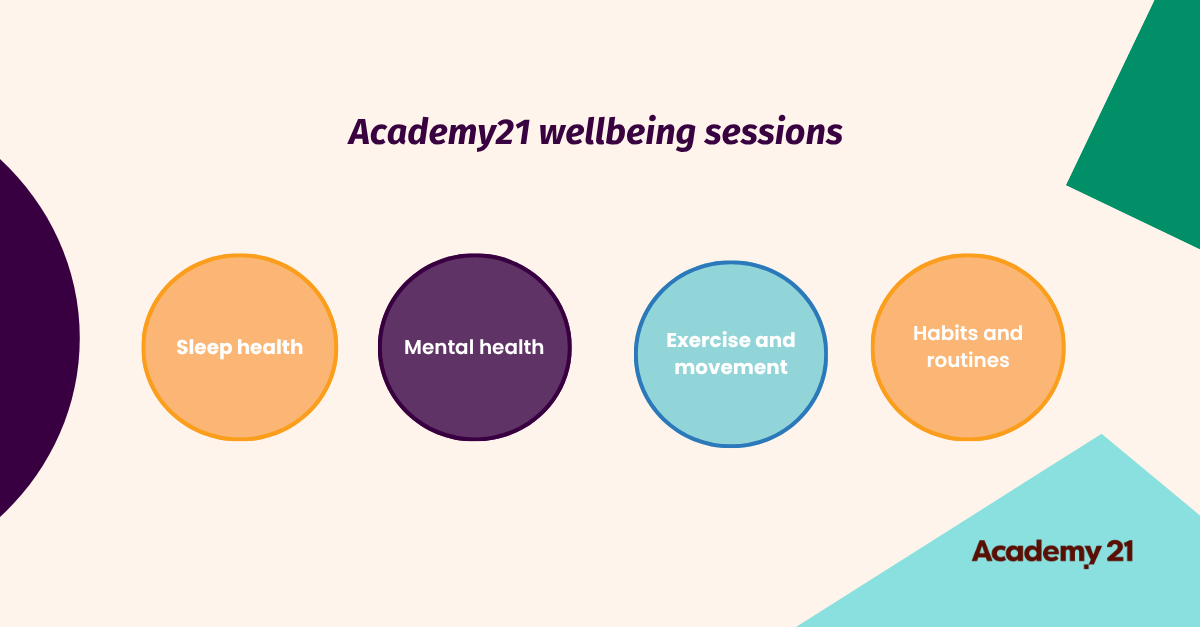
5. Real-time engagement monitoring
Unlike traditional classrooms, where it can be difficult to track every student’s participation, digital learning allows for detailed, real-time insights. To ensure students remain engaged and on track, Academy21 employs real-time engagement monitoring. Teachers and mentors have access to daily reports on student effort, understanding, and participation so they can identify areas where students may need additional support and adjust their teaching methods accordingly. This data is easily accessible via the Mentor Portal and can also be shared with families to foster collaboration.
6. Preparing for a digital future
Finally, digital inclusion in education mirrors the reality pupils will face beyond school. From university to the workplace, the ability to access, adapt, and contribute online is now a core skill. By building inclusive practices into learning today, we prepare pupils not only to succeed academically but also to navigate life with confidence. For pupils who have felt excluded from mainstream schooling, this is transformative. It shows them that education really is for them, and that they have the tools to participate fully in whatever path they choose next.
Making inclusive learning a reality
Digital teaching can genuinely extend the reach of schools and teachers. At Academy21, we’ve seen how online provision can bridge gaps, support pupils when they need it most, and help them reintegrate successfully into learning. To explore how this approach could benefit your students, get in touch with our team today.
